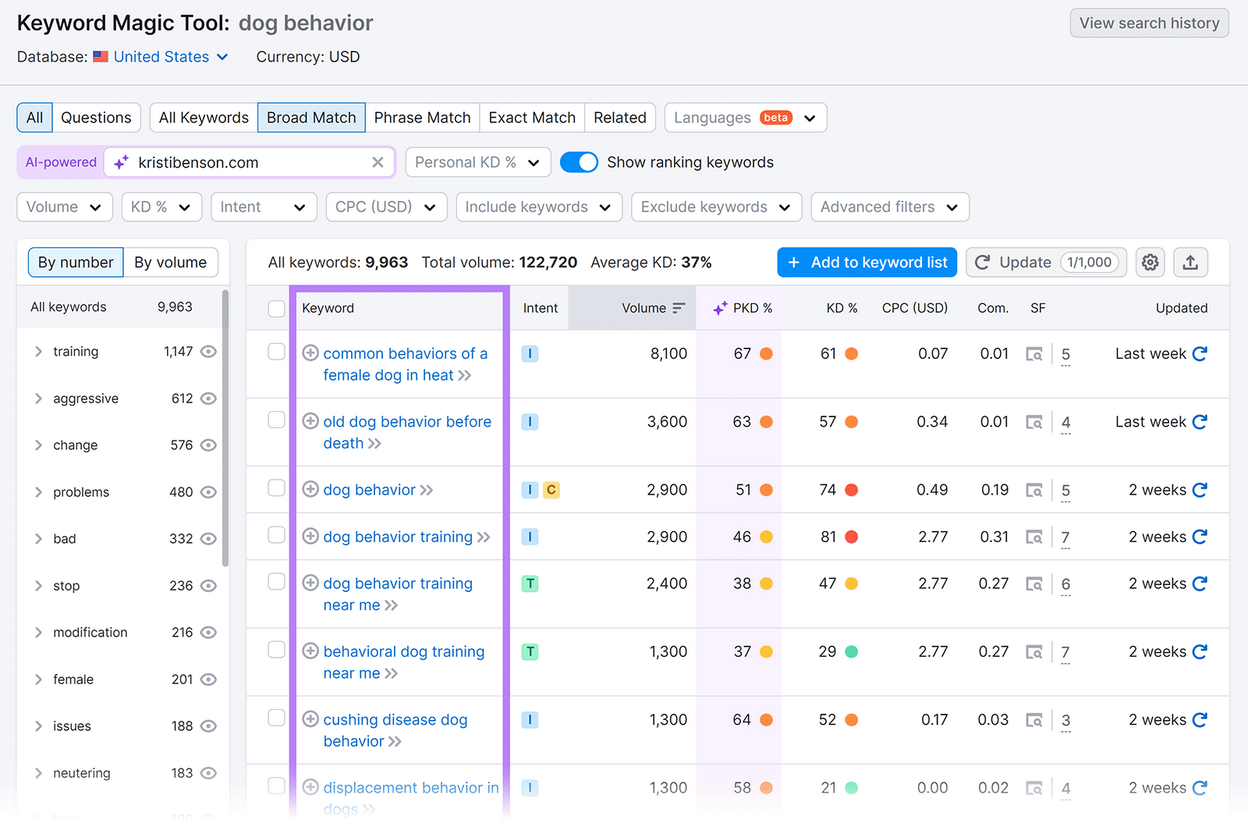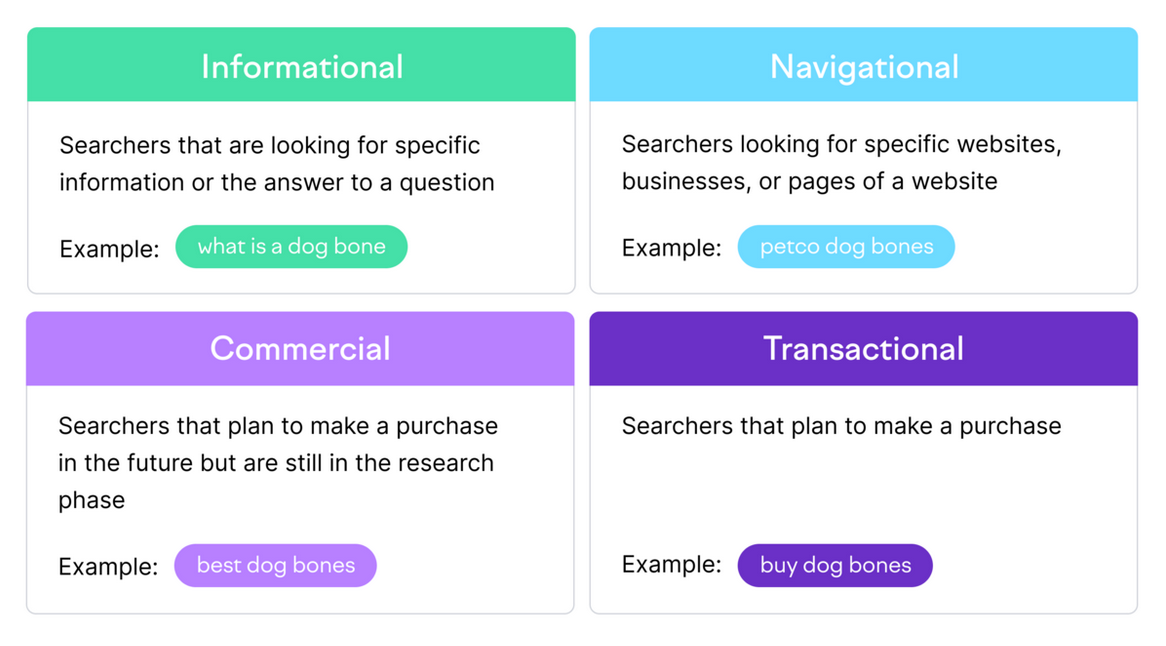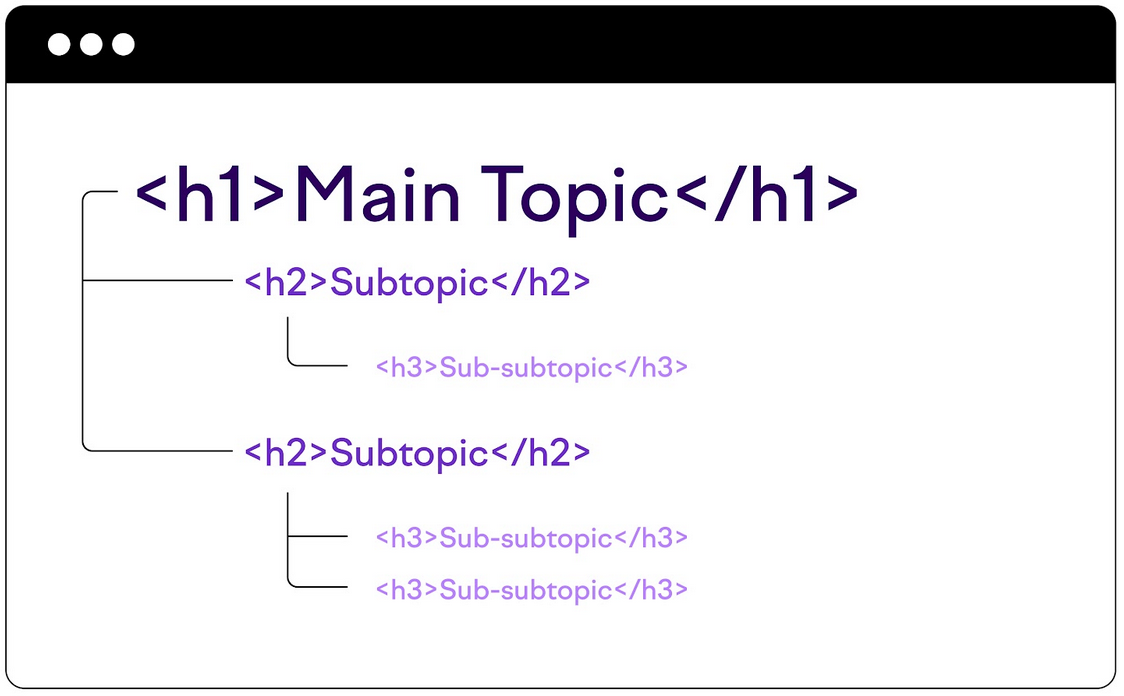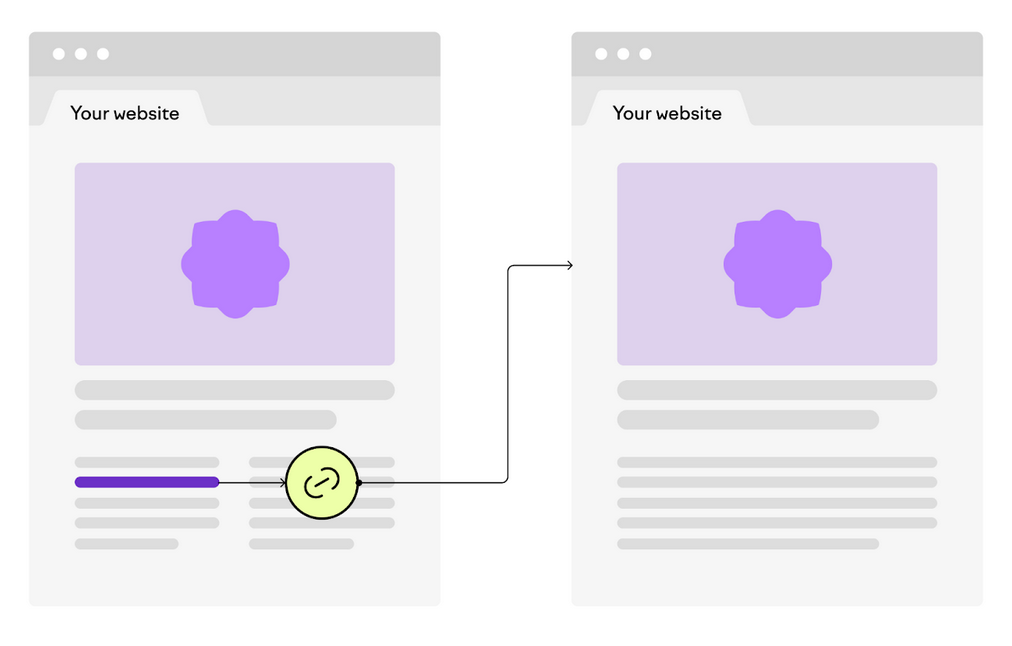10 Tips on How to Write SEO-Friendly Content
Without SEO, your content is less likely to rank highly on search engines. That's why, writing SEO-friendly content is crucial for ranking in search engines. It helps you improve the website's visibility, rank higher in search results, attract more traffic, and ultimately increase conversions.
However, it might be confusing to know where to start, especially if you're a beginner. When getting started with SEO content writing, it's important to understand the basics. In this article, we will show you some fundamental principles and tips on how to write SEO-friendly content that can help you stay ahead of the curve.
Table of content
- 1. Conduct Thorough Keyword Research
- 2. Focus on User Intent
- 3. Focus on Content-Length
- 4. Choose & Optimize Meta Tags
- 5. Craft Engaging Headings
- 6. Write High-Quality, Engaging Content
- 7. Add Internal and External Links
- 8. Optimize for Mobile Devices
- 9. Incorporate Multimedia Elements
- 10. Update Content Regularly
- Conclusion
1. Conduct Thorough Keyword Research
First, you can start by researching the keywords that your target audience is searching for. This is the main term you want your content to rank for.
Find your primary keywords, and focus on long-tail keywords as the additional keywords. This means that are more specific to user intent, as they tend to have less competition and higher conversion rates.
To find keywords, use SEO tools like Google Keyword Planner, Ahrefs, or Ubersuggest to identify relevant keywords with good search volume and low competition.
2. Focus on User Intent
Understanding search intent is critical in 2025. User intent is the motivation or purpose behind a user's search query. It's all about discovering what they want to discover when typing something into a search engine.
Make sure your content aligns with the intent behind the search query. Whether users are looking for information, wanting to make a purchase, or seeking a specific service, your content should provide what they are looking for.
3. Focus on Content-Length
Longer and more in-depth content often ranks better due to providing more comprehensive information on a topic. This is because Google's algorithm rewards websites that offer high-quality, informative content.
However, note that content length is not the only factor that affects search engine rankings. Other factors, such as the quality of your content, its relevance to the search query, and the number of backlinks it has, also play a role.
4. Choose & Optimize Meta Tags
A title tag is the title you see appear in search results. It plays a vital role in SEO and has a high-impact title tag that should make an entrance, draw attention, and keep users engaged. Ensure your title tag contains your main keyword.
Likewise, the meta description should summarize your article in about 150-160 characters and include your keyword naturally. Optimized meta tags help search engines understand your content better and improve your click-through rate (CTR).
5. Craft Engaging Headings
Headings and subheadings are miniature titles that divide your content into sections. Search engines use these headings to understand the hierarchy and relevance of your content. Make sure your target keywords are naturally in some of these headings. Additionally, it can help both Google and your readers understand and navigate your content.
6. Write High-Quality, Engaging Content
Google's algorithms in 2025, the quality of content matters more than ever. That's why your blog posts should be informative, well-researched, and cater to the specific needs or questions of your audience.
Rather than writing a generic article, choose a more specific angle that addresses the needs of your readers. The more your audience interacts with your content like spending more time on the page, sharing, or commenting, the better your SEO results will be.
7. Add Internal and External Links
There are two types of links to consider when you write content; internal links and external links. Internal links are links to other relevant content on your website, while external links lead to pages on other websites.
Internal links keep users on your website longer, while external links show search engines that you are providing credible information by referencing authoritative sources. Make sure to use descriptive anchor text and only link to reputable sources.
8. Optimize for Mobile Devices
With the majority of users browsing from mobile devices, it's crucial to create mobile-friendly content. Use responsive design, ensure fast loading times, and maintain easy navigation for mobile users to improve both user experience and SEO.
You can use Google's Mobile-Friendly Test to check your page's performance on mobile devices, your article's images, headings, or embedded graphs are not displaying correctly on mobile devices.
Additionally, Google prioritizes mobile-first indexing, which means it uses the mobile version of your site for indexing and ranking.
WP Meta SEO gives you the control over all your SEO optimization. Bulk SEO content and image SEO, on page content check, 404 and redirect.
9. Incorporate Multimedia Elements
Images and multimedia elements enhance the user experience and are part of good on-page SEO practices and make your content more engaging and visually appealing. Also, it enhances the overall user experience.
Use descriptive file names and alt text to make your content more accessible and SEO-friendly. Don't forget to compress them for faster loading times.
10. Update Content Regularly
SEO is a long-term strategy and not a one-time effort. It means creating SEO content also means understanding what "content freshness" is. To stay relevant, it's important to regularly update your blog posts to show search engine algorithms that your site is active.
You can refresh old articles by adding new information, updating keywords, and enhancing their readability. A good way to stay on top of content freshness is to create a content calendar that includes upkeep for evergreen articles.
Say goodbye to slow website!
WP Speed of Light comes with a powerful static cache system, and includes, a resource group and minification tool, a database cleanup system, a .htaccess optimization tool and an automatic cache cleaner.
Conclusion
When you subscribe to the blog, we will send you an e-mail when there are new updates on the site so you wouldn't miss them.












Comments